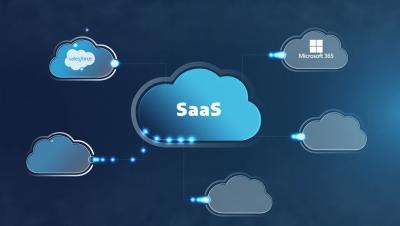Going Native: A Cloud-Shift Strategy for Your Security Operations Team
The shift to the cloud has greatly accelerated during the past year, and with that shift most cybersecurity incidents now involve cloud infrastructure. According to the 2021 Verizon Data Breach Investigations Report, 73% of cybersecurity incidents involved cloud assets — a 27% increase from last year. The 2021 IBM Security X-Force Cloud Threat Landscape Report also found there are 30,000 cloud accounts potentially for sale on dark web marketplaces.









